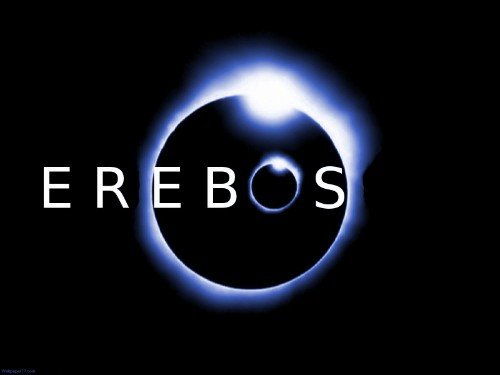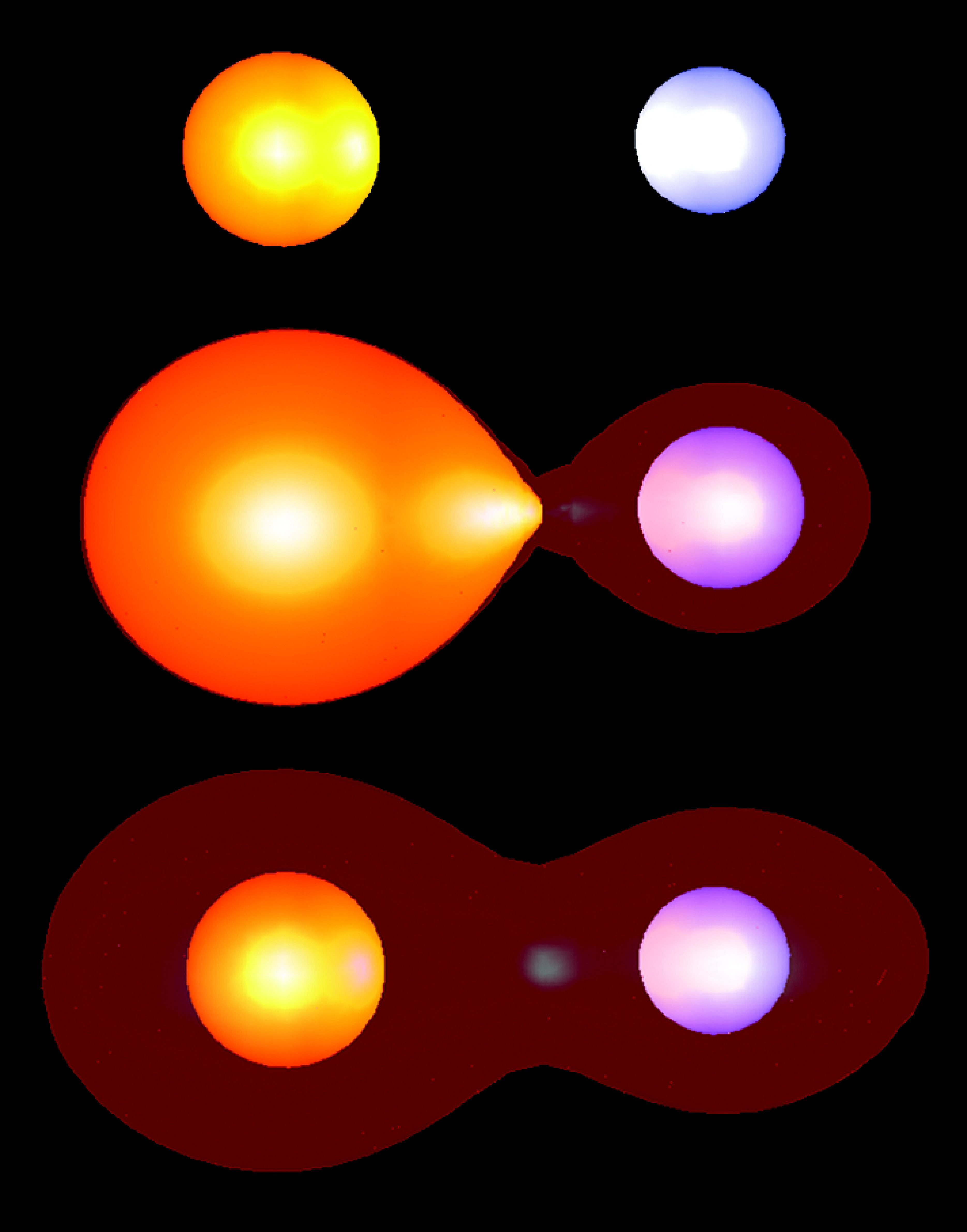Thüringer Landessternwarte Tautenburg
Sternwarte 5, D-07778 Tautenburg
schaffenroth@tls-tautenburg.de
Tel.: +49 36427 863 57
Lectures
University of Jena
- SS2025: The Detection and Properties of (Exo)Planetary Systems
- SS2024: The Detection and Properties of (Exo)Planetary Systems
Workshop on Observational Techniques at Ondřejov observatory
- 26 August – 6 September 2024
- 1 September - 12 September 2025
University of Potsdam
- Variable Stars, University of Potsdam, SS2021
- Pulsating Stars, University of Potsdam, WS2020/2021
- Stars and stellar evolution, University of Potsdam, WS2021/2022
Observing and studying close binary stars


Hot subdwarfs, extremely low-mass white dwarfs, as well as central stars of planetary nebulae are frequently found in close binary systems. Studying these systems allows us to understand the common envelope phase and the formation of asymmetrical planetary nebulae. We are also searching for the progenitor systems of supernovae Ia and verification binaries for gravitational wave detectors such as LISA.
Furthermore, these systems allow us to study the influence of substellar companions on late stellar evolution. For that we formed an international collaboration and were granted a Large Programme at the ESO-VLT (Eclipsing Reflection Effect Binaries from Optical Surveys, EREBOS). Our goal is to observe a newly discovered sample of eclipsing hot subdwarf binaries with low-mass companions, determine the fundamental parameters of those systems and search for substellar companions like brown dwarfs and hot Jupiter planets.
Currently, we also make use of the Transiting Exoplanet Survey Satellite TESS, which is gathering light curves for thousands of nearby stars (including hundreds of hot subdwarfs and white dwarfs) with precision better than 1%. Although its primary goal is to find planets, the 2-minute cadence light curves obtained by TESS for pre-selected stars, are also ideal to search for variability effects caused by a binary companion, such as reflection and eclipses. We are members of the TESS Asteroseismic Science Consortium, TASC. The brightness of TESS pre-selected targets also makes them ideal for ground-based follow-up, allowing for thorough characterisation of the observed systems and providing constraints for binary evolution models.
Many hot subdwarfs furthermore show different kinds of pulsation on timescales of seconds to hours. These pulsations can be used to characterize the systems further. The length of the TESS light curves of at least 27 days makes them ideally suited to look for pulsations additionally to the binary signals.
One third of the hot subdwarfs are found in composite binaries with a main sequence F/G/K type companion with orbital periods of 500–1000 days. They have been formed by stable Roche lobe overflow. Those objects can be used for a better understanding of stable mass transfer in close binary systems.
Publications
- Habilitation: Studying the influence of close companions on late stellar evolution, University of Potsdam, 2023
- PhD thesis: Analysis of low-mass and high-mass systems after the common-envelope phase, Karl Remeis Observatory, Bamberg, 2015
- Diploma thesis: Subdwarf B-Sterne in Binärsystemen: Drei neue HW Vir-Typen und die Durchmusterung des CoRoT Anticenter-Feldes, University of Erlangen-Nuernberg, 2010
- Schaffenroth, V., Barlow, B. N., Pelisoli, I., Geier, S., Kupfer, T.: Hot subdwarfs in close binaries observed from space. II. Analyses of the light variations, 2023, A&A, 673, 90
- Schaffenroth, V., Pelisoli, I., Barlow, B. N., Geier, S., Kupfer, T.: Hot subdwarfs in close binaries observed from space. I. Orbital, atmospheric, and absolute parameters, and the nature of their companions, 2022, A&A, 666, 182
- Schaffenroth, V., Barlow, B. N., Geier, S., et al.: The EREBOS project: Investigating the effect of substellar and low-mass stellar companions on late stellar evolution. Survey, target selection, and atmospheric parameters, 2019, A&A, 630, 80

